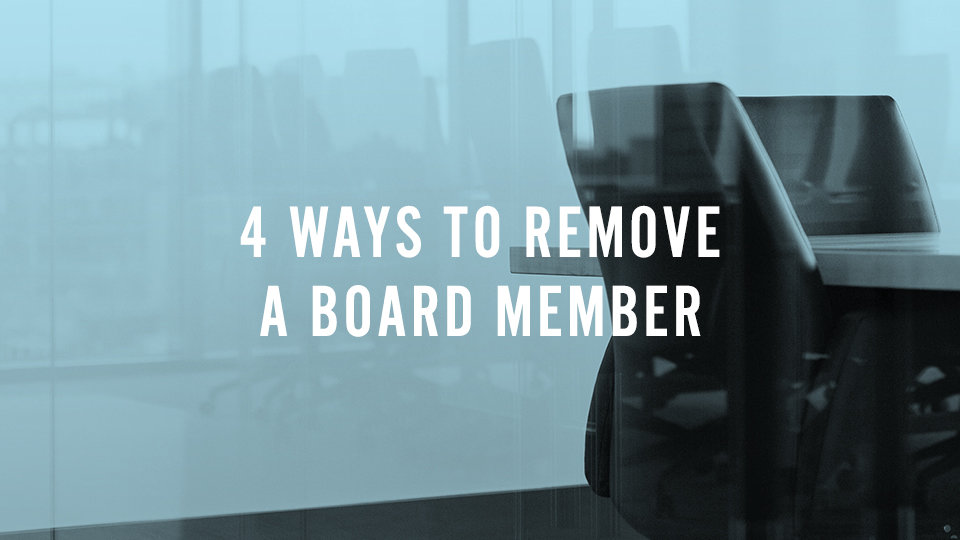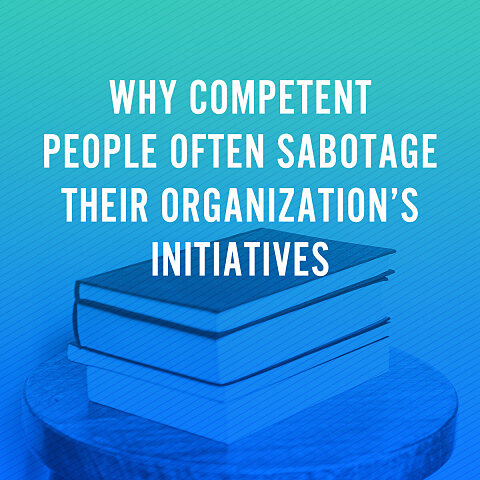4 Ways to Remove a Board Member
By The A Group
While your board members are 100% necessary, and most often helpful for your organization, at some point in your nonprofit’s life, you will have a board member who just isn’t adding the value they should be. Sometimes it’s unethical behavior, obnoxious tendencies which lead to frequent disruptions or demoralizing opinions, or maybe they’ve just completely slacked in their role overall.
Whatever the reason for dismissal, it can be very difficult to remove someone who supports your cause from the board. If you need to go down this road, there are a few options for ways in which you can protect yourself from difficult board members, or to remove them depending on your particular circumstance.
1. Personal Invitation
Sit down with the person you’re having trouble with one-on-one. Any issues that need to be addressed can be done in this conversation. A personal conversation/invitation may be most effective if:
- They cannot get over a particular decision
- They are too busy and unable to attend meetings and participate fully
- They are disruptive
If addressing any of the above does not get received well or does not impact their behavior moving forward, a removal or resignation is likely in order.
2. Temporarily Step Back
Put options in place for board members to take a temporary leave of absence if their current situation does not allow them to be as attentive as usual. Sometimes this is a “disability leave,” “busy with a new job leave,” or “I’m in a busy travel season for work” type leave.”
It is up to the board president whether or not they are to grant temporary leave, but if a certain board member is valuable enough to you that you don’t want to have to terminate their membership based on a short season of not being present in their role, allowing a leave of absence may make the most sense.
Note: You can keep them formally on the board without requiring them in meetings, or you can have them resign for purposes of determining a quorum. Whichever way they choose, the time that the individual spends on leave will still count toward their board term.
3. Apply Term Limits
Term limits can provide a non-confrontational way to have board members removed. While most board establish board terms, a term limit puts rules into place which may designate how many consecutive terms one can serve before requiring a break.
4. Have the board member removed via impeachment
Impeachment feels cold and forceful, but in the rare case of a highly difficult board member who refuses to change or resign, it may be necessary. Your by-laws should designate a process by which someone can be impeached from your board (maybe it’s a ¾ vote).
If for some reason your by-laws don’t currently address impeachment, it’s important that it is added now, and not when there’s a problem.
Hopefully you’re not currently encountering any issues with your board. But if you are, be encouraged that it’s bound to happen at some point, and it’s part of your important role (or the board president’s) to address any issues that may be inhibiting the goals of your organization. It’s tough, but most definitely worth it to keep your cause moving forward.














